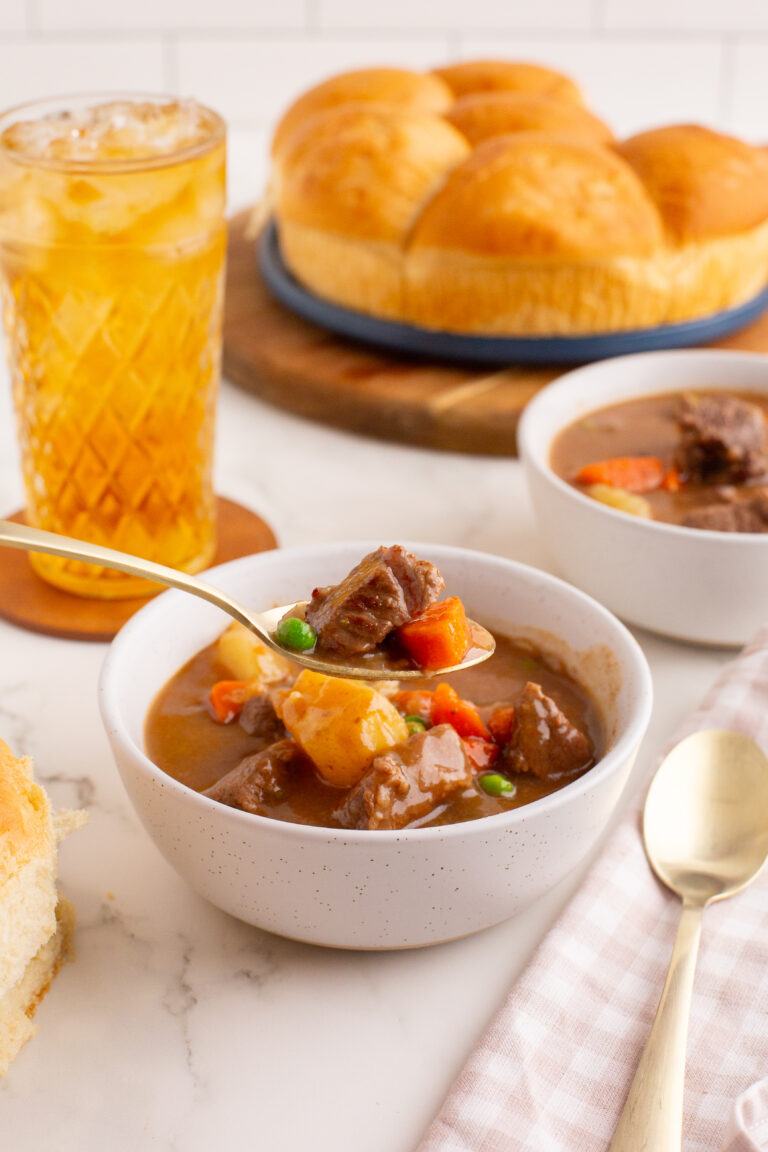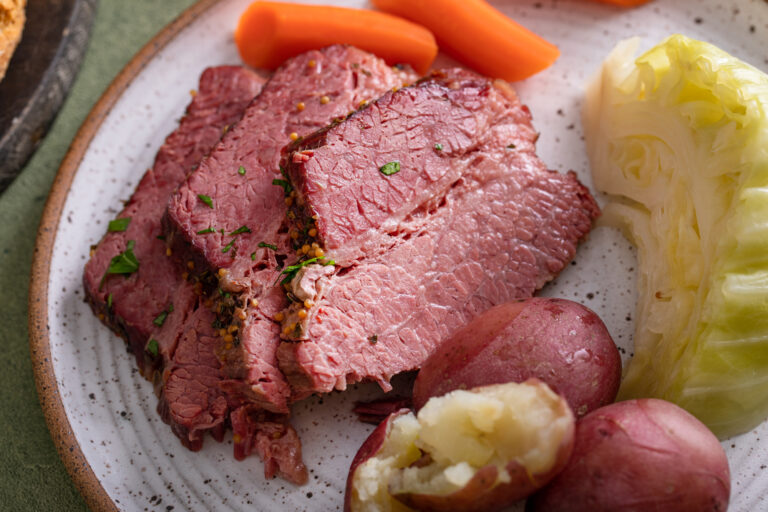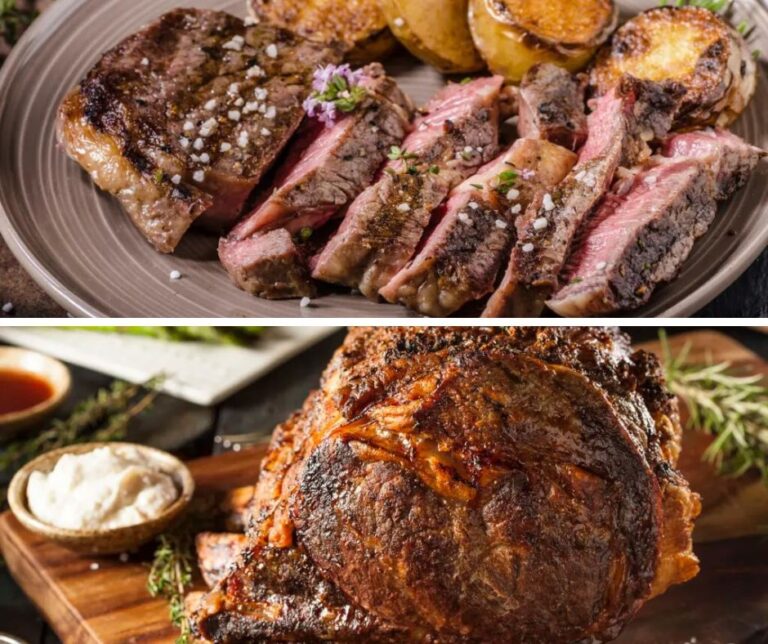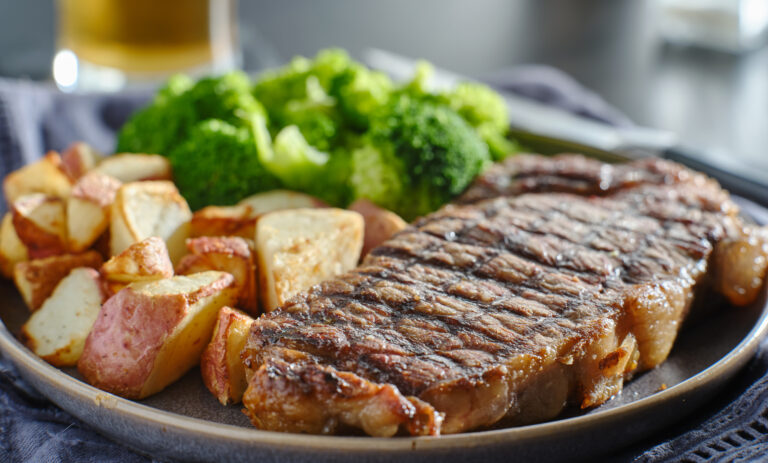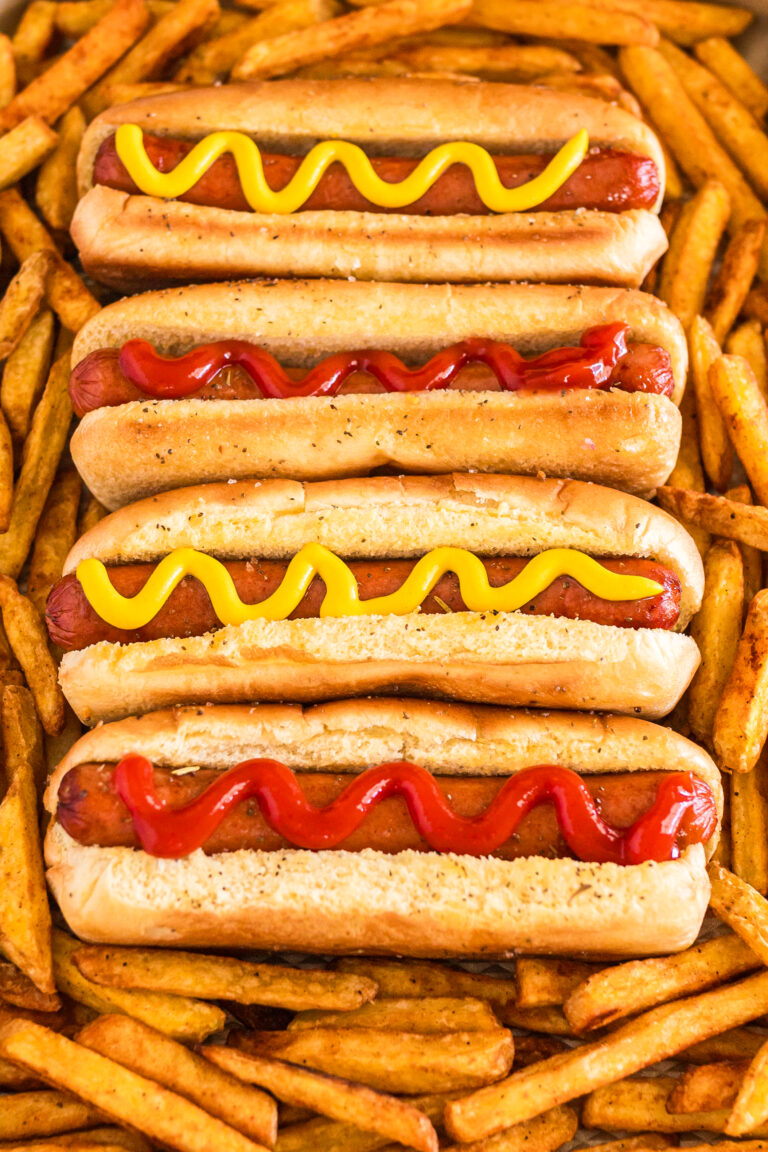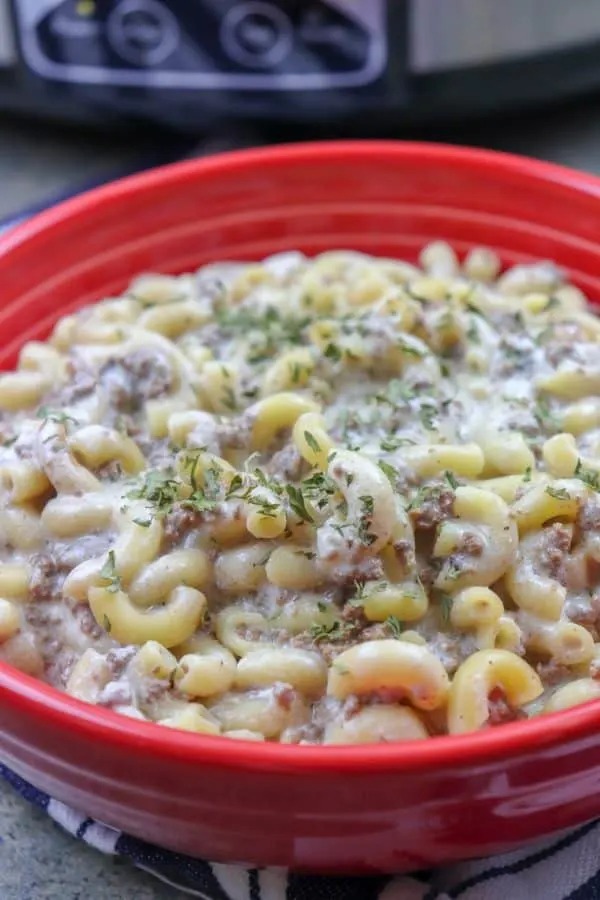Beef Back Ribs vs Short Ribs
If you love ribs, then you may be wondering what all the different names mean. There are pork ribs and beef ribs, plus a variety of different cuts that can get confusing when you’re at the grocery store.
Read on to learn more about the different types of ribs, from pork to beef, to choose the next time you’re ready to make a rack of ribs!
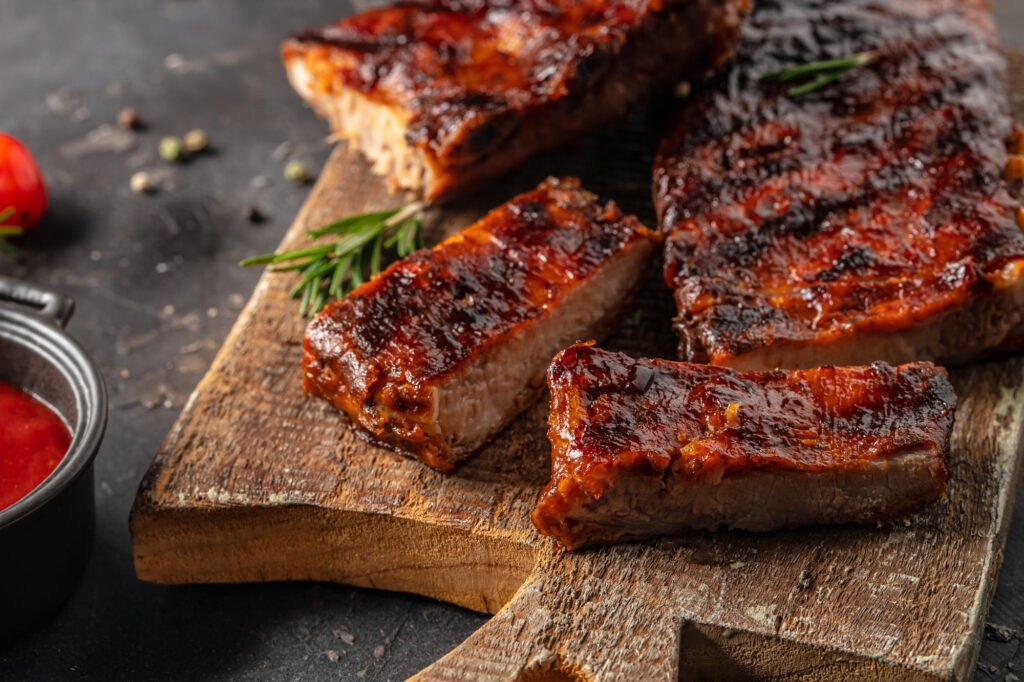
Different Types of Beef Ribs
Beef ribs are a great option for a hearty meal. The main types of beef ribs include beef back ribs, chuck ribs, and short ribs. Each of these types of beef ribs comes from different parts of the rib cage, offering unique flavors and textures in every bite.
Beef Back Ribs
Beef back ribs are most often confused with pork back ribs. They are cut from the top of the bones near the part of the cow where ribeye steak comes from. They have a layer of fat that creates that sublime, rich flavor when cooked.
Beef Chuck Ribs
Derived from the chuck roast (like these from Hey Grill Hey), these ribs are known for their higher fat content and robust flavor. These are fantastic to eat right off the bone.

Short Ribs Explained
There are many varieties of beef short ribs, such as cut, flanken cut ribs, and Korean short ribs. Each type has a distinct cut and cooking method.
English Cut Ribs
These are cut between the ribs, leaving a thick piece of meat sitting atop the bone. They are ideal for slow cooking methods that will render the tougher meat into a melt-in-your-mouth texture.
Flanken Ribs
Cut across the bone, they feature several bones in each piece and are popular in Korean cuisine, particularly for kalbi, a Korean BBQ dish.
Cooking Techniques and Tips
From the grocery store to your table, it is important first to choose the right cut of meat. You can ask your local butcher for advice on the best beef ribs. They will likely ask you about the cooking style you plan to use to make their best recommendations.
You’ll also want to think about the meat content. Beef back ribs tend to have less meat than short ribs. Short ribs are known for being meaty and flavorful thanks to their higher fat content, especially compared to other rib cuts.
Since beef ribs are larger in size and have greater density, they will need to be cooked longer. Planning your cooking time before you get into the kitchen can help ensure you turn out a plate of beef ribs that are cooked perfectly every time.
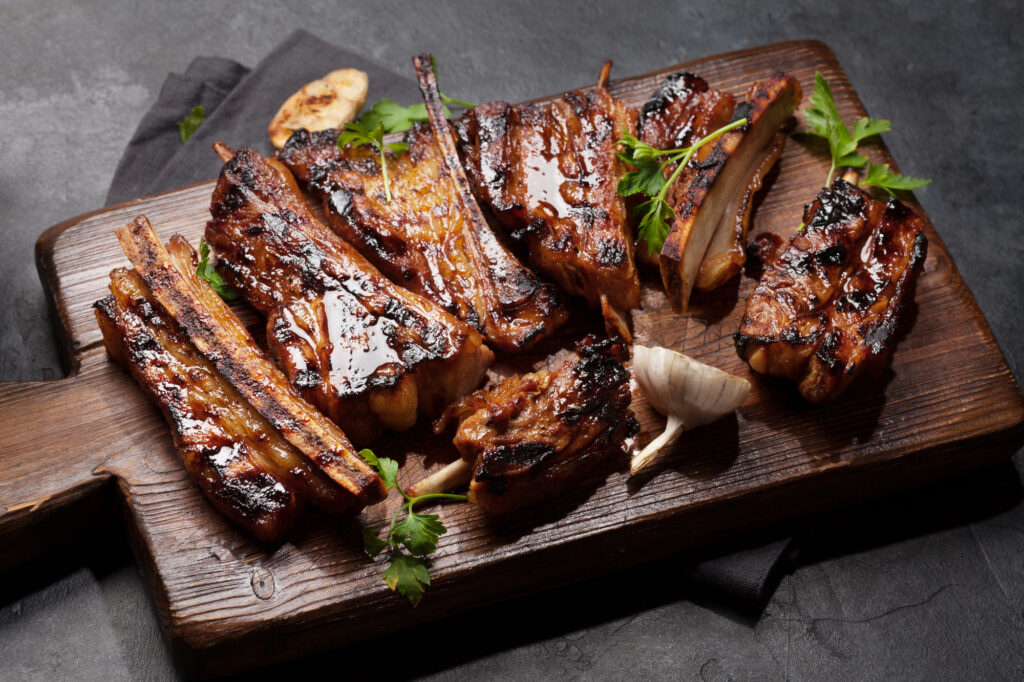
Slow Cooking Methods
Beef ribs and short ribs excel in slow-cooking formats. Cooking at low temperatures in the slow cooker allows the connective tissue to break down, resulting in more tender meat.
BBQ and Grilling
Barbecue sauce, dry rub, and indirect heat are key for grilling ribs. Beef ribs are often cooked over low heat with a BBQ sauce or dry rub to create a flavorful crust.
By knowing more about the cuts, you’ll get the best results when cooking beef ribs. The tougher the meat, the better off it will be for a slow cooking method, while BBQ and grilling methods may be best for beef back ribs to get the best from the quality of the meat truly.
Add some jalapeño cornbread on the side of your ribs for a great side dish.
